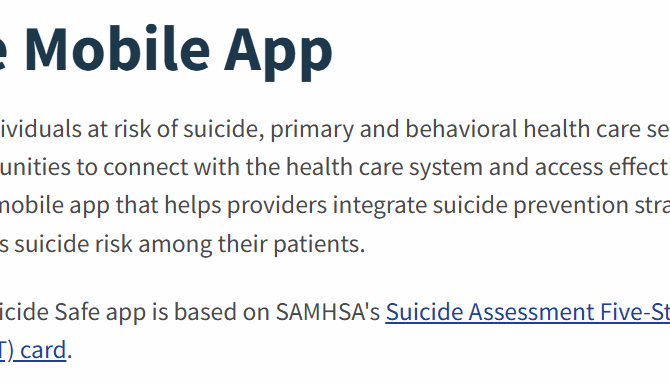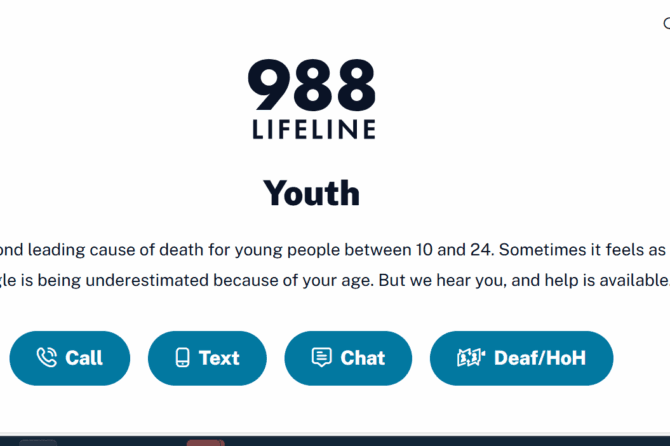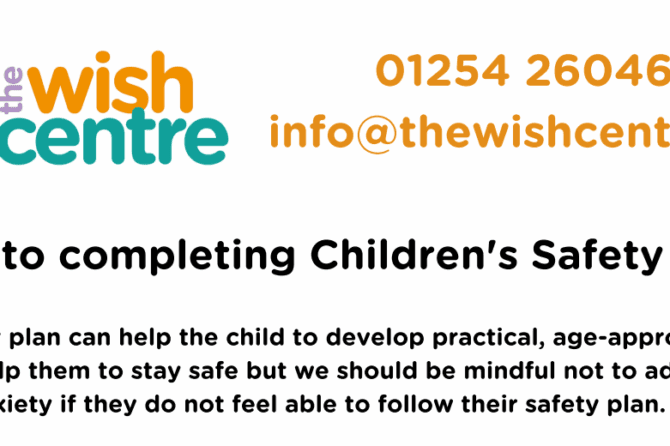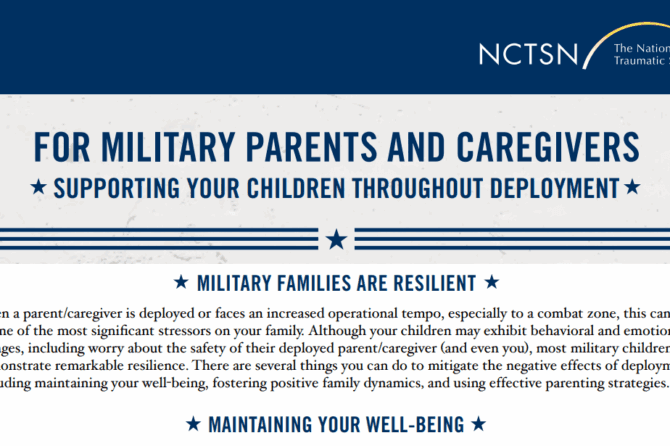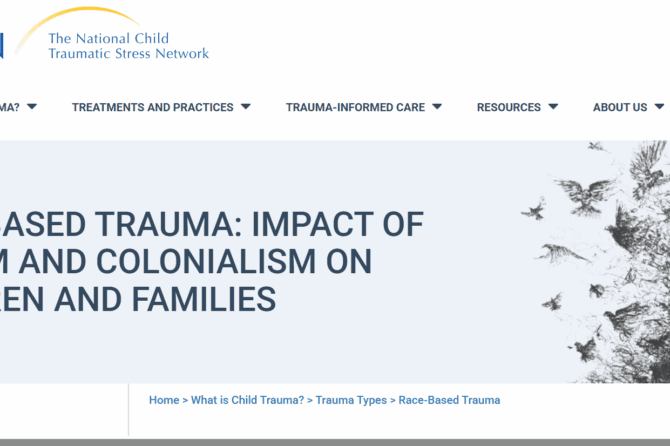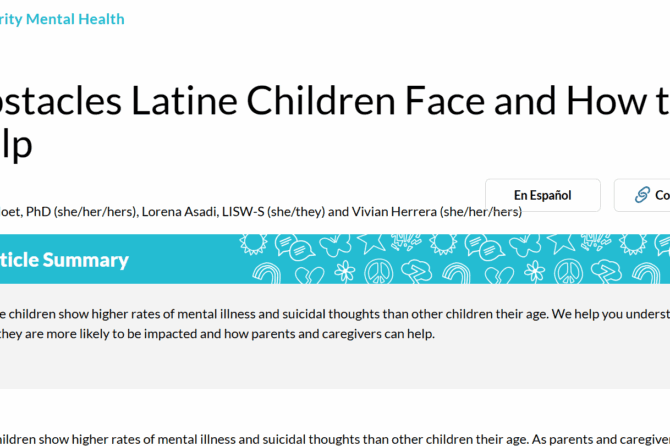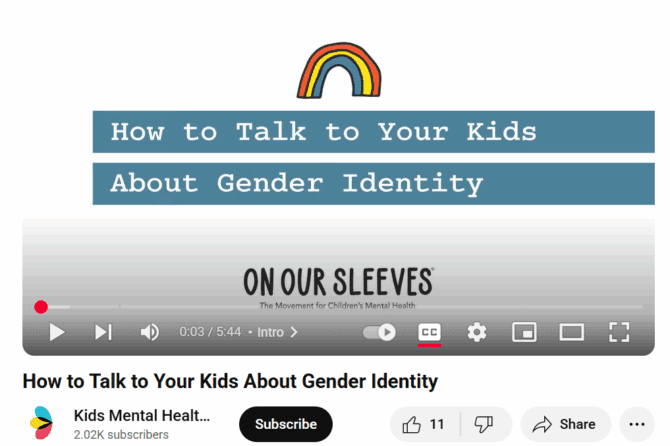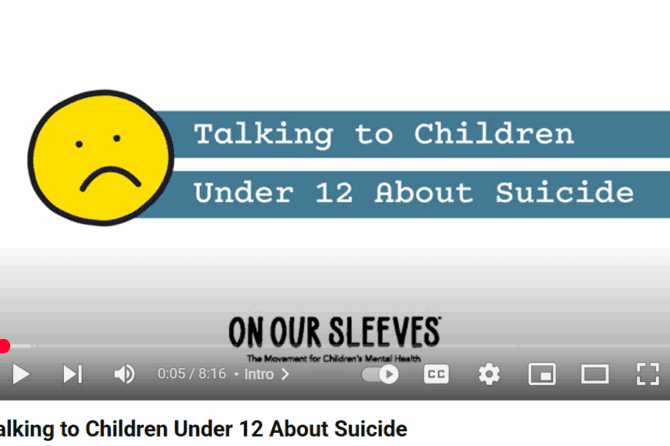
Archives


Suicide Safe Mobile App
This free app by SAMHSA helps health care providers apply the SAFE‑T (Suicide Assessment Five‑Step Evaluation & Triage) method. It offers interactive case studies, conversation starters, crisis‑line links, and a treatment locator to support suicide prevention in clinical settings Visit the WebsiteRead more
988 Lifeline – Youth
This 988 Lifeline resource offers confidential, 24/7 support specifically for young people (ages 10–24). It emphasizes self-care tips like asking for help, creating a safety plan, and managing stress, along with tools for friends and family to recognize warning signs and provide empathetic support Visit the WebsiteRead more
Guide to Safety Planning with Children
This resource from The Wish Centre provides simple, practical steps for creating safety plans with children affected by domestic abuse. It helps adults and children work together to identify safe spaces, trusted adults, and ways to stay safe during a crisis. View PDFRead more
Supporting Your Children Throughout Deployment
This fact sheet from the National Child Traumatic Stress Network provides military parents and caregivers with practical tips to help children cope before, during, and after deployment. It offers age-appropriate strategies to maintain connection, manage stress, and support emotional well-being throughout the deployment cycle. View PDFRead more
Understanding Stress vs. Trauma
This brief guide from the National Child Traumatic Stress Network explains the difference between stress and trauma in children. It outlines how typical stress responses differ from trauma reactions in terms of cause, duration, and impact. The resource also offers practical tips for recognizing when a child may need additional support and how to respondRead more
Race-Based Trauma: Impact of Racism and Colonialism on Children and Families
This webpage resource on Race-Based Trauma explores the profound and lasting impact of racism on Black, Indigenous, and People of Color (BIPOC) children and families. It emphasizes that trauma resulting from racism is not only a series of individual events but also a pervasive, systemic issue deeply embedded in U.S. history and institutions. Visit theRead more
Obstacles Latine Children Face and How to Help
The Kids Mental Health Foundation's article, "How to Help Latine Children Face Mental Health Obstacles", provides valuable insights for parents and caregivers to support the mental well-being of Latine children. View WebpageRead more
How to Talk to Your Kids About Gender Identity
The following video provides guidance for parents, educators, and caregivers on discussing gender identity with children in a respectful and age-appropriate manner. It emphasizes the importance of fostering an inclusive environment where children feel safe to express themselves. View the videoRead more
© 2025 Treatment Collaborative for Traumatized Youth. All rights reserved.


